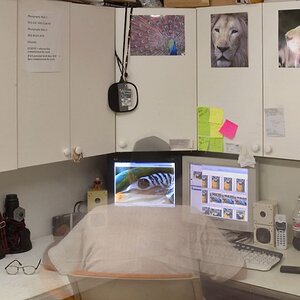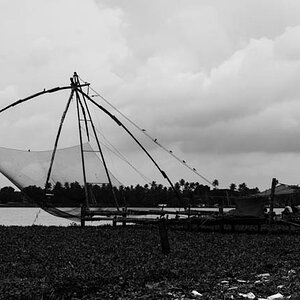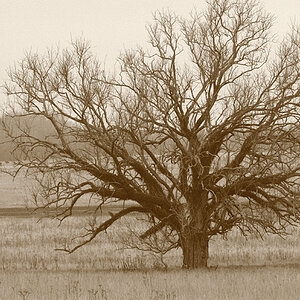abraxas
No longer a newbie, moving up!
- Joined
- Aug 15, 2006
- Messages
- 10,417
- Reaction score
- 9
- Can others edit my Photos
- Photos NOT OK to edit
Eagle Mountain, east of Death Valley:
Not 8 seconds before, this scene was kissed across the tops of the vegetation by the most beautiful last direct golden light of the day.

Problem is, it took me 12 seconds to set up the shot. & I've been kicking myself ever since.
Not 8 seconds before, this scene was kissed across the tops of the vegetation by the most beautiful last direct golden light of the day.

Problem is, it took me 12 seconds to set up the shot. & I've been kicking myself ever since.










![[No title]](/data/xfmg/thumbnail/38/38724-0b9c26c57726c91c6c504310e4428e55.jpg?1619738702)
![[No title]](/data/xfmg/thumbnail/32/32983-e979bc0c64090f2693d7fae6b3cc425c.jpg?1619735813)
